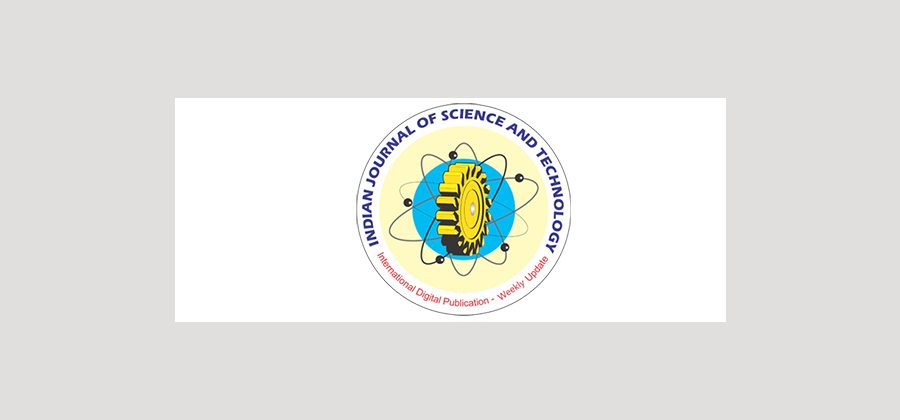


Indian Journal of Science and Technology
DOI: 10.17485/ijst/2016/v9i46/107504
Year: 2016, Volume: 9, Issue: 46, Pages: 1-8
Original Article
Nikolay V. Kim* , Nikolay E. Bodunkov, Ivan G. Krylov and Elena A. Fedyaeva
Federal State Higher Military Educational Establishment “Nakhimov Black Sea Higher Naval School”, Sevastopol, Russia; [email protected], [email protected], [email protected], [email protected]
*Author for correspondence
Nikolay V. Kim
Federal State Higher Military Educational Establishment “Nakhimov Black Sea Higher Naval School”, Sevastopol, Russia; [email protected]
Objectives: Automatic landing of an aircraft-type Unmanned Aerial Vehicle (UAV) on the ship is a complex research and engineering problem. In the general case, a set of problems must be solved subject to the initial position of the UAV and the ship, weather, visibility, reliable radio communication etc. in preparation for landing and capturing the initial point of a glide path for landing. These problems include the UAV flying to the ship location, searching for and identifying the ship, determining rolling parameters and estimating the position of landing markers on the ship deck. Method: Methods of UAV guidance to the ship search area have been compared. Conditions for the effective application of various methods of UAV guidance to the ship have been determined. Findings: It was demonstrated that insufficient attention is paid in available research to scenarios, when the ship may change its direction and a communication channel with the UAV is not stable due to the weather. The following tasks are discussed: • determining conditions of physical realizability of the successful ship search; • selecting a method to guide the UAV towards the ship, with view to ship maneuverability intensity and duration of transmission breaks to the UAV about current ship parameters according to the flight endurance minimization criteria; and • determining UAV flight endurance to the ship location subject to the duration of transmission breaks. Conditions of the successful ship search have been determined and the ratio of the initial search area and UAV flight endurance has been shown. Improvements: The results of the study can be used in the development of autopilots for autonomous UAVs based on the ships.
Keywords: Embarkment, Flight Endurance, Flight Planning, Unmanned Aerial Vehicle
Subscribe now for latest articles and news.